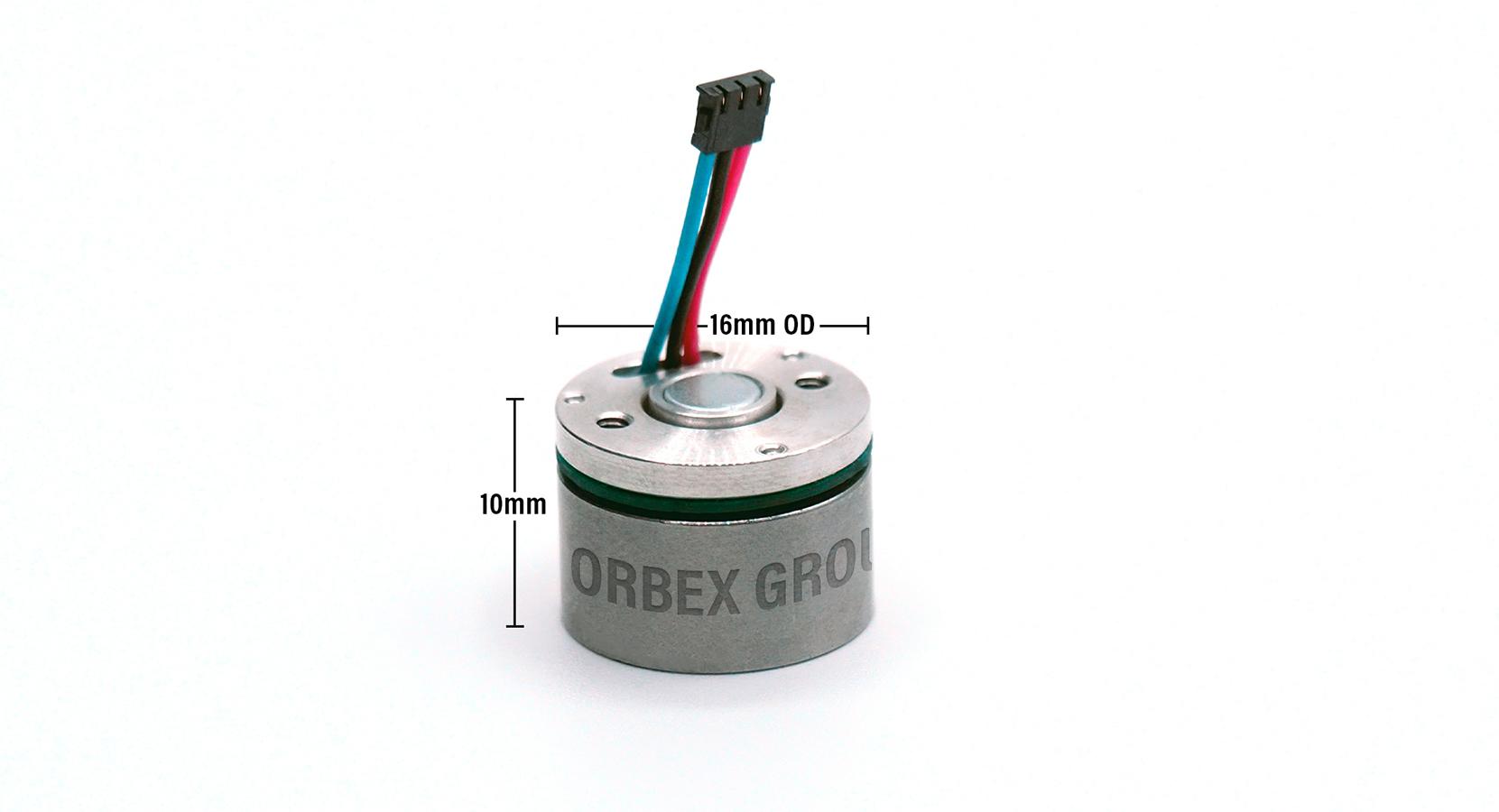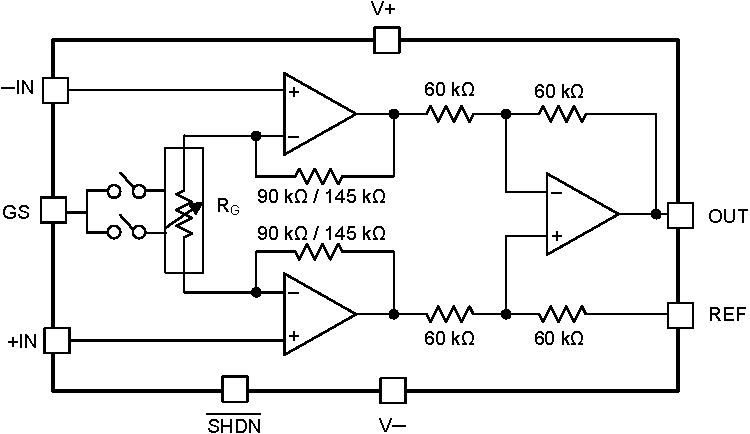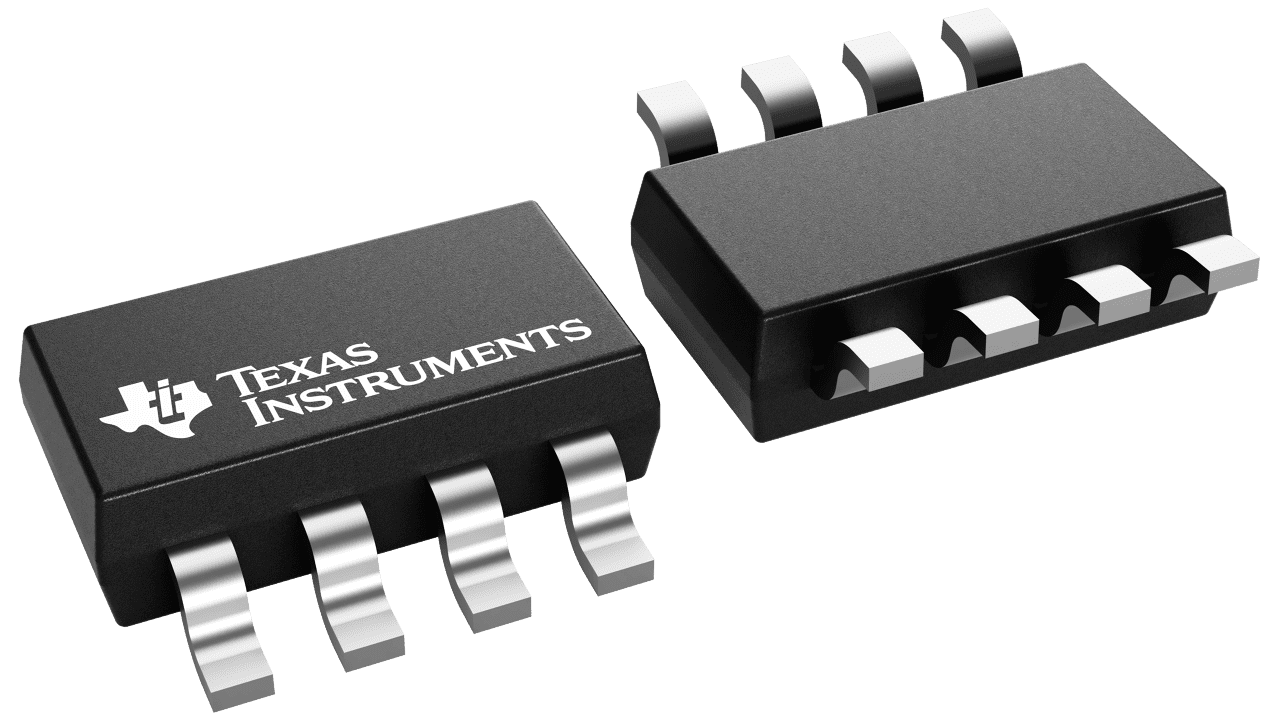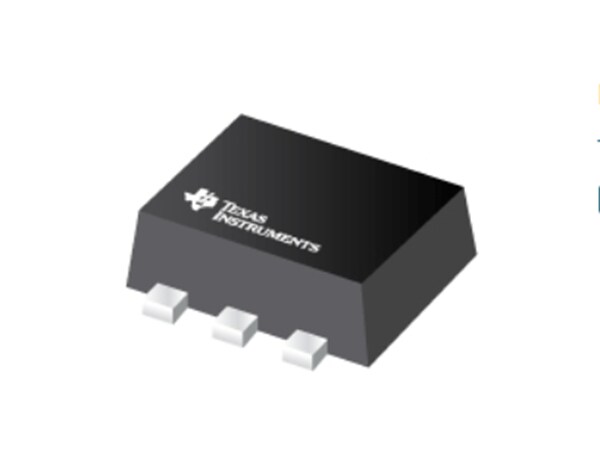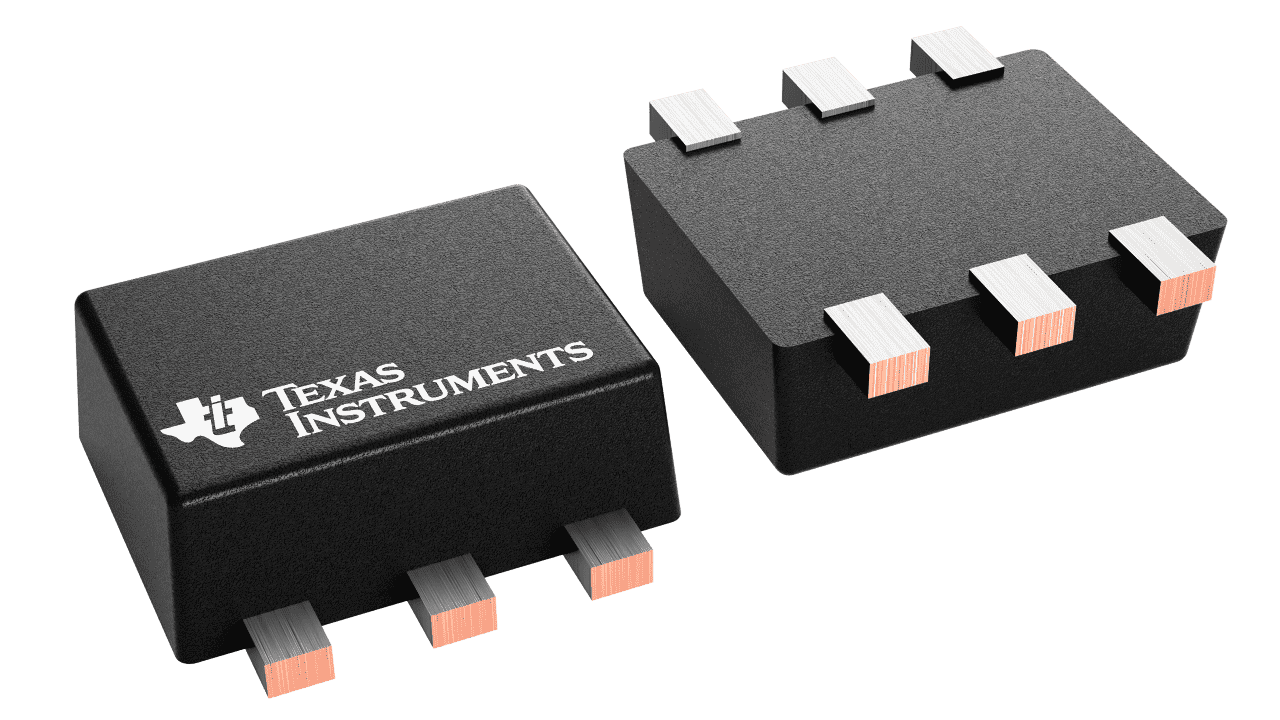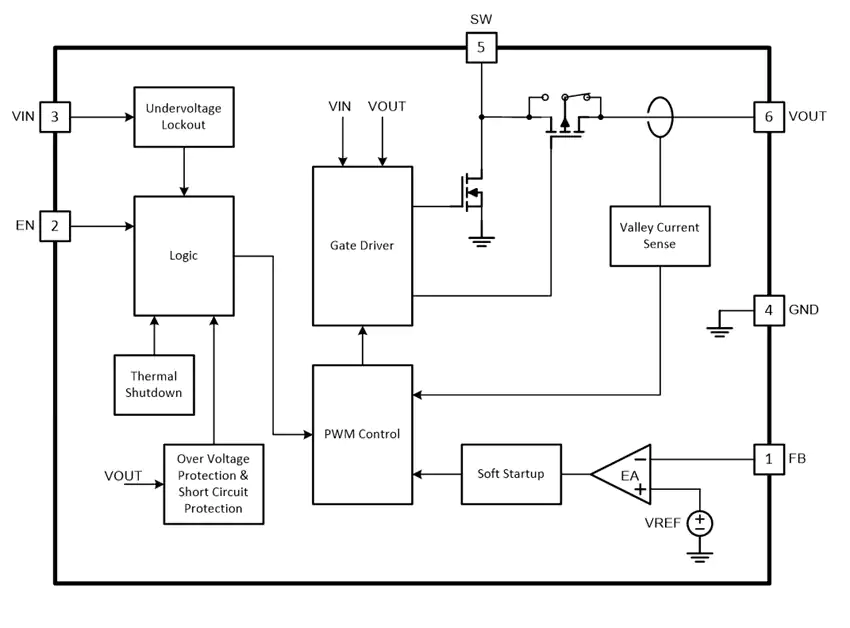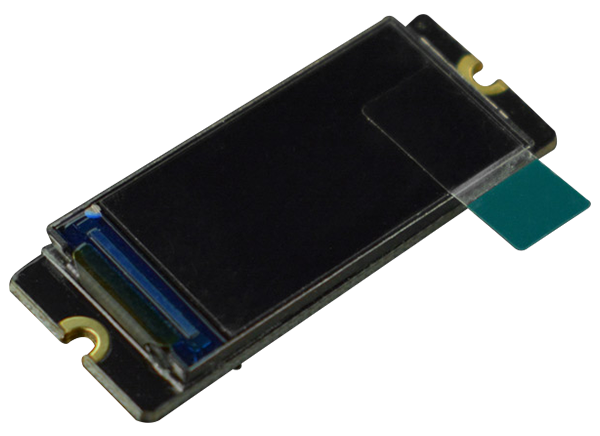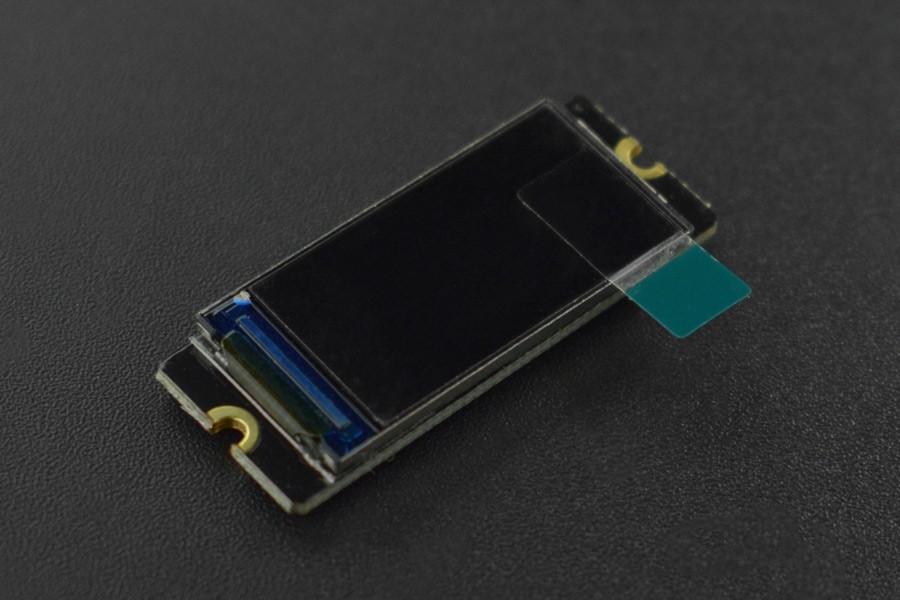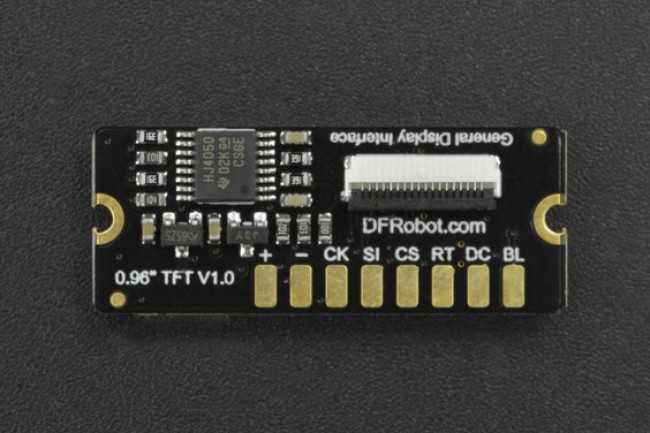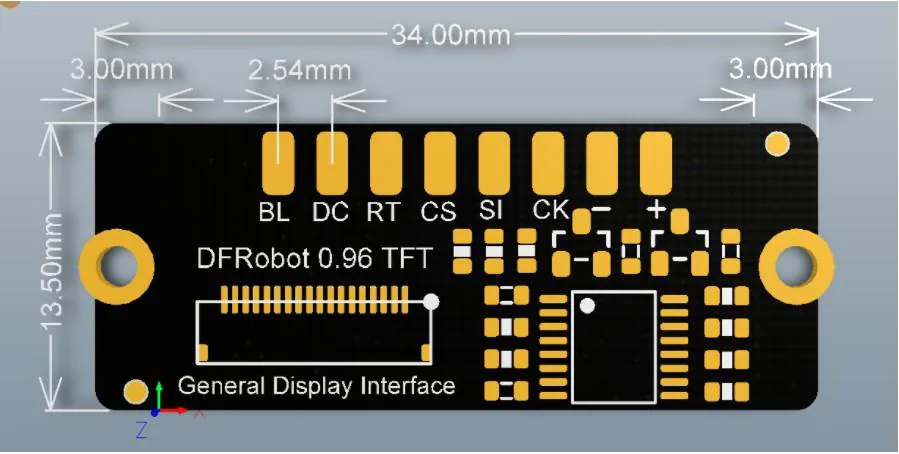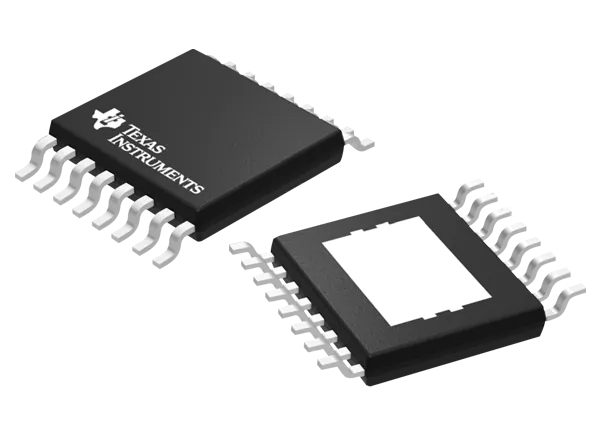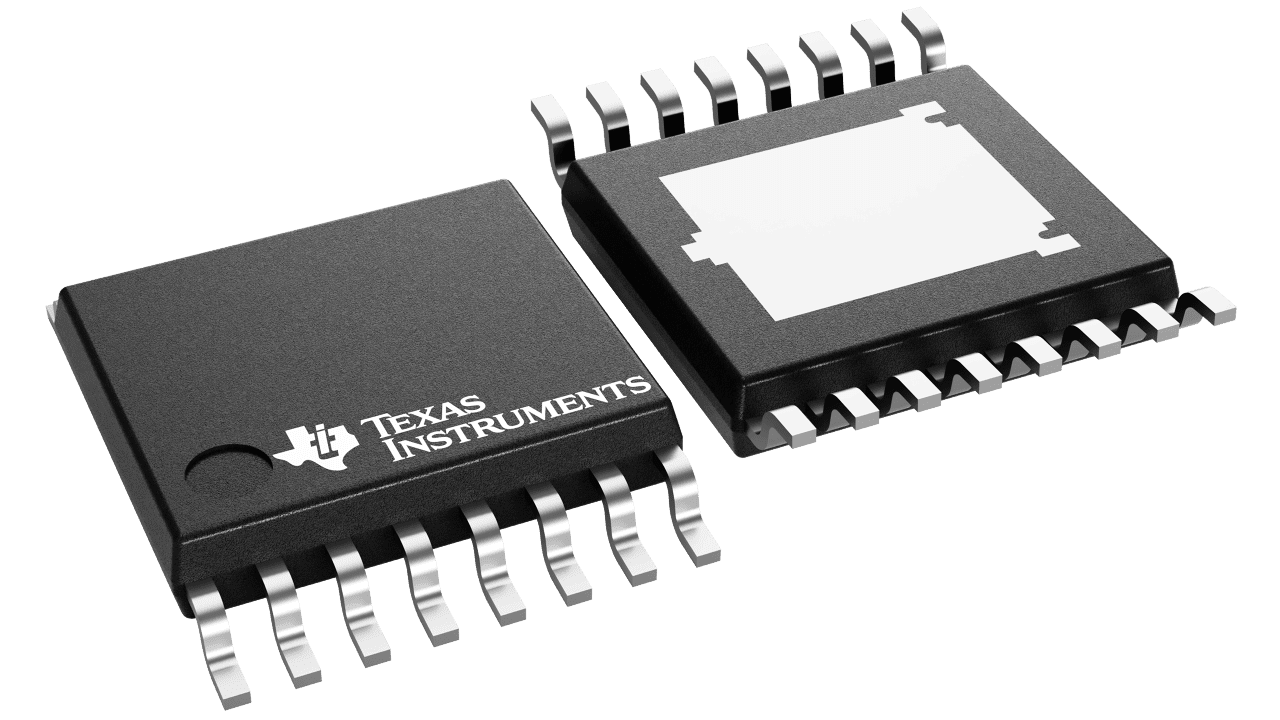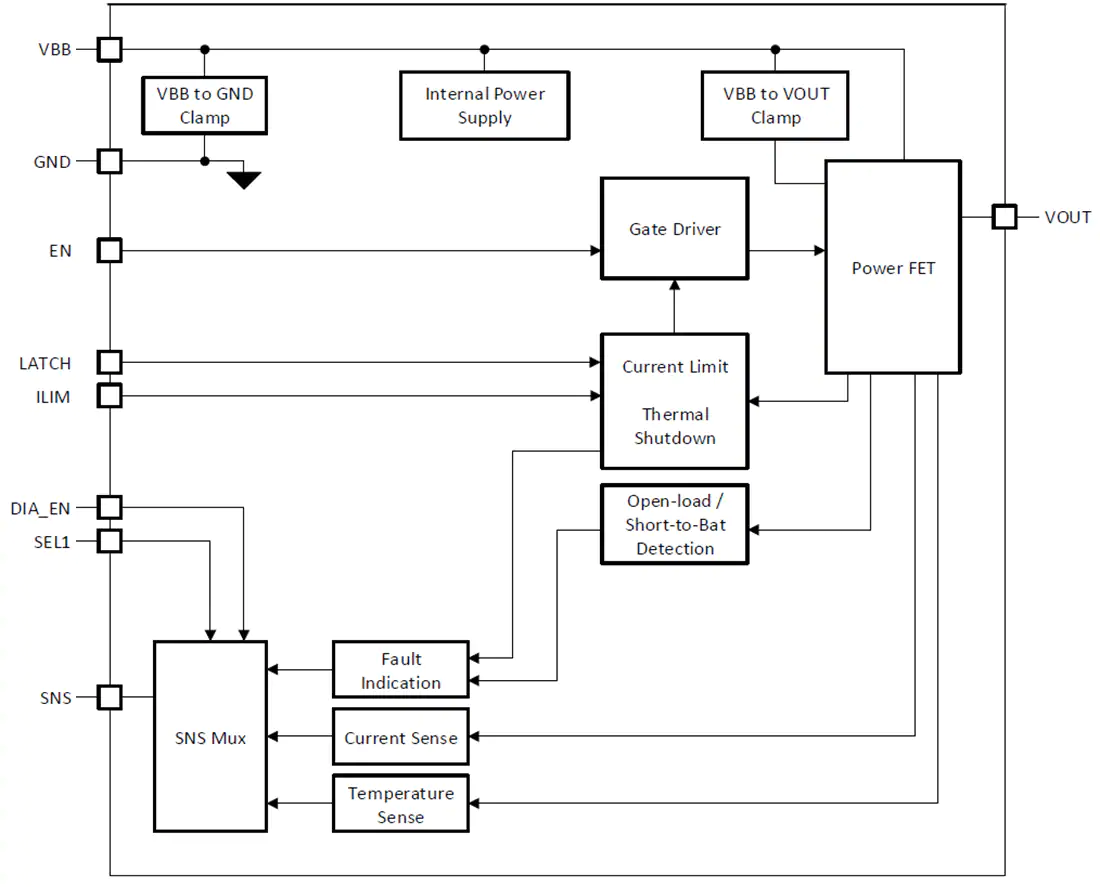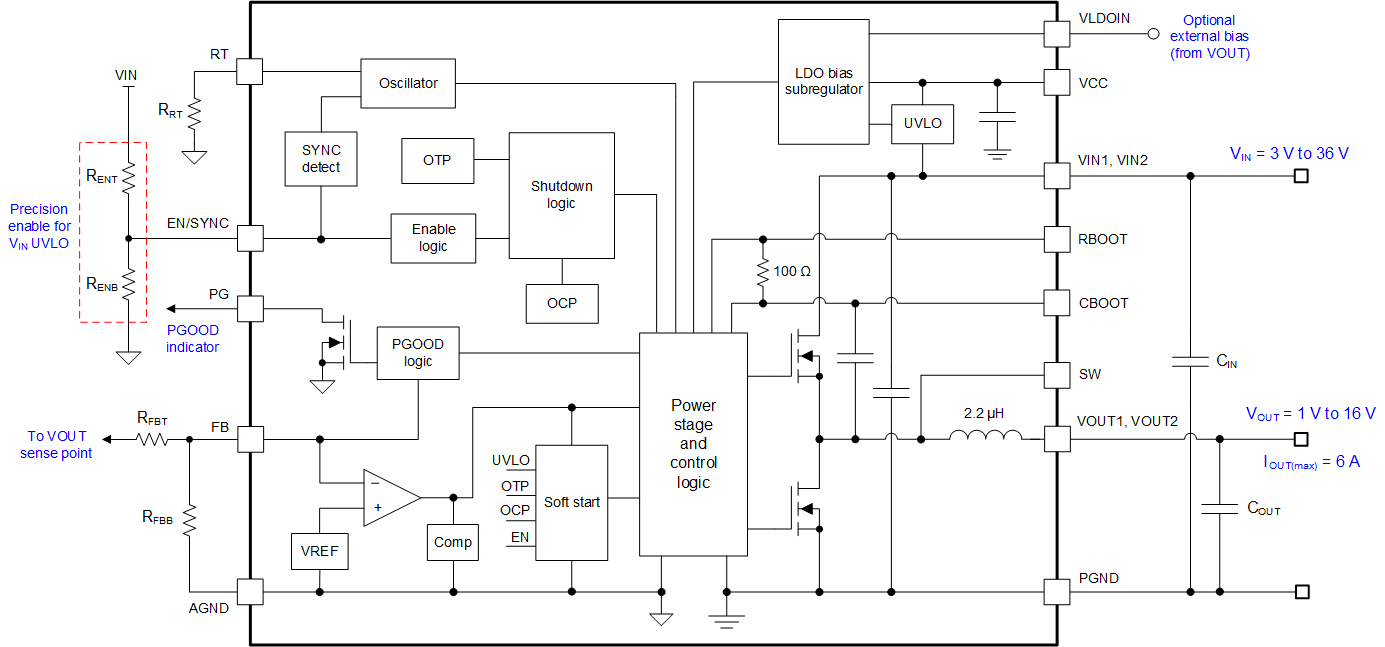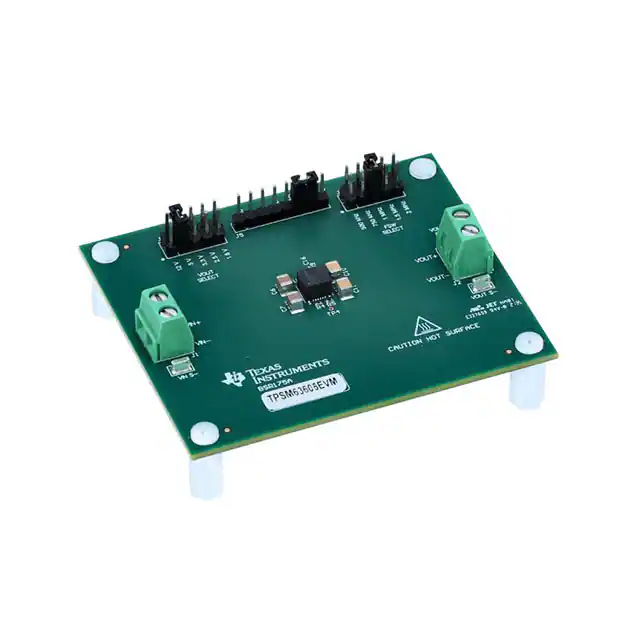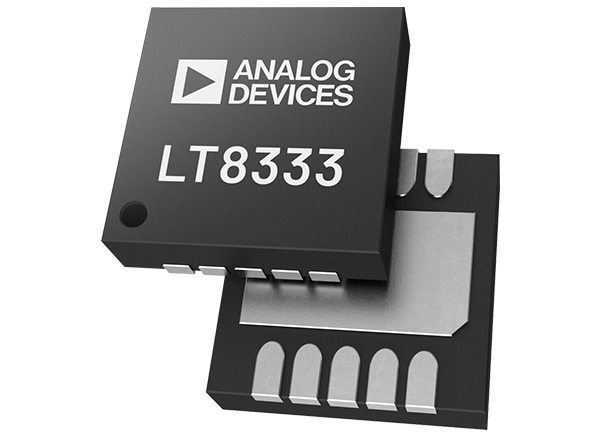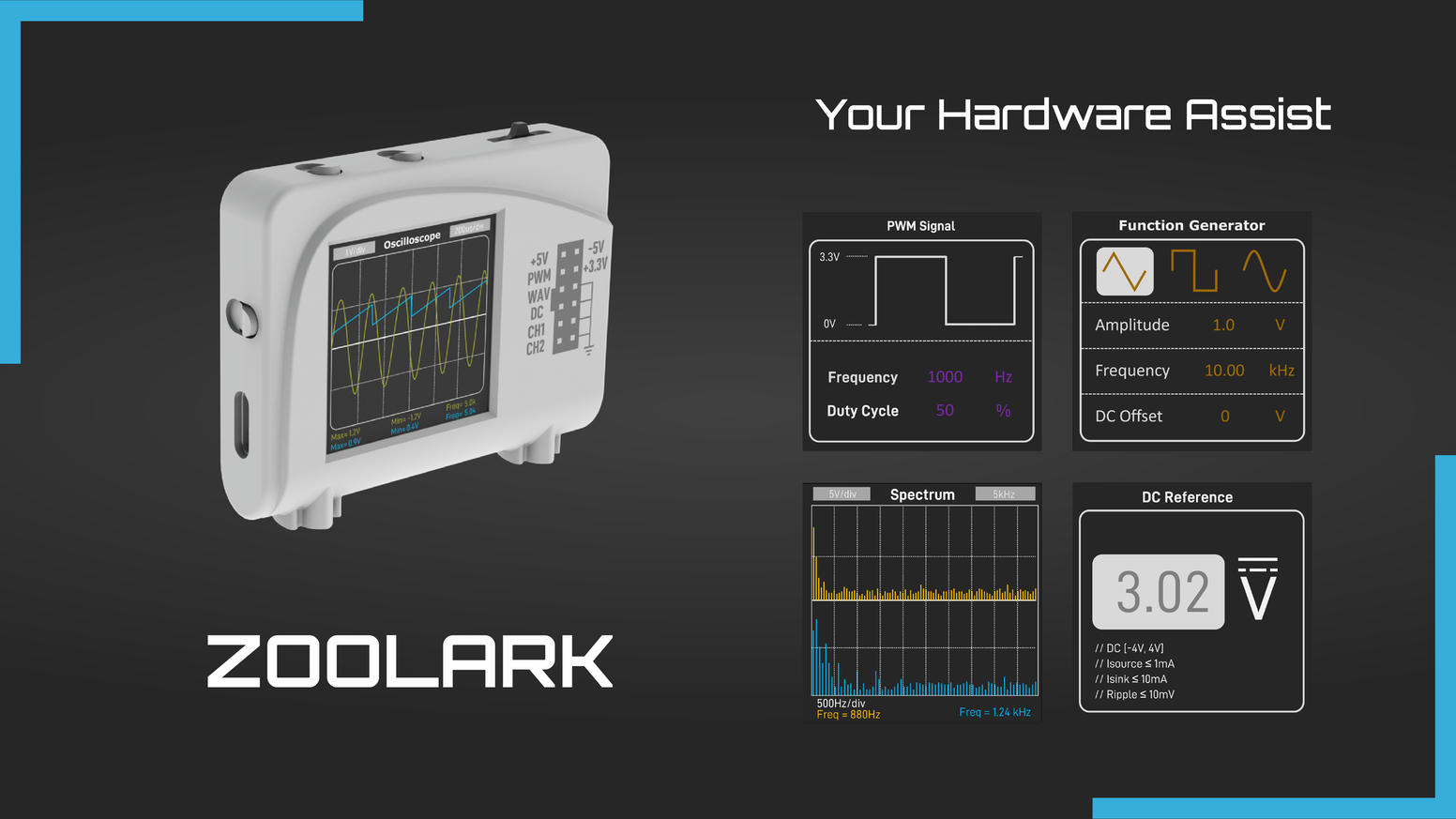
Zoolark is a lean integrated implementation of Function Generators and Oscilloscopes. It is extremely handy for testing circuits without waiting in line for the high-end equipment at the lab.
The use of function generators and Oscilloscopes is to test circuits in an isolated environment. A function generator mimics the real expected input. Oscilloscope records the circuit output in a visual format.
Zoolark has it all, just smaller in size. It is an abstraction of useful features without the unnecessary high-end stuff.
Device Overview

There are 5 modes: Function Generator, Oscilloscope, FFT, PWM, DC Offset. It has a Type-C USB port for charging/UART communication for debugging mode, a 3-way toggle to increment, decrement and confirm values, and a dedicated debugging port.
In Function Generator mode, Zoolark can mimic 3 input waveforms: Triangular, Square and Sinusoidal. It can generate frequencies in the range 0.1Hz to 1MHz. Amplitudes and DC Bias range from -4.0V to 4.0V. It has a DC impedance of 50 Ohm and the input signal to the circuit is in WAV format.
In Oscilloscope mode, Zoolark can record signals with a max peak-to-peak amplitude of 30V. It has a sampling rate of 5 Msps and analog bandwidth of 1 Mega Ohm. It has horizontal resolution with a time-base range from 50 microseconds to 50 seconds, vertical resolution with 50mV to 10V and CH1, CH2 ports for taking signal input.
Sampling Rate, or an average number of continuous signal span shots per second, is a very important parameter. The oscilloscope captures discrete snapshots of the continuous output signal and reconstructs the signal, up to the Nyquist limit. The number of signals it can capture is limited by the max sampling rate. The sampling rate for digital signals must be at least 4 times faster than their bandwidth. Similarly, it must be at least 10 times faster for analog signals. So make sure that you calculate the minimum sampling rate as per your requirement and check if it is lesser than the max sampling rate of the device.
In PWM mode, it can generate PWM signals with a voltage range of 0 to 3.3V, frequencies of 0.1Hz to 1MHz, duty cycle from 10% to 90%.
Developing on Zoolark
The microcontroller used for zoolark is STM32G491. Zoolark provides you the option to customize the UI of the device by programming and flashing the firmware.
Testing with Zoolark
Zoolark can be used to test circuits in various ways – input signals using function/PWM mode or capture output with Oscillator mode. You can probe an output signal on your PCB, DC Reference signal with custom precision, change the PWM duty cycle to adjust motor speed or sound decibel levels on speaker, or test LED configuration by generating various signals.
This concludes the article on Zoolark. Learn, build a circuit on a breadboard, connect zoolark to test out your LEDs or spin your motors. All you need is a table, a circuit and lots of interest.
For more details please visit this link


